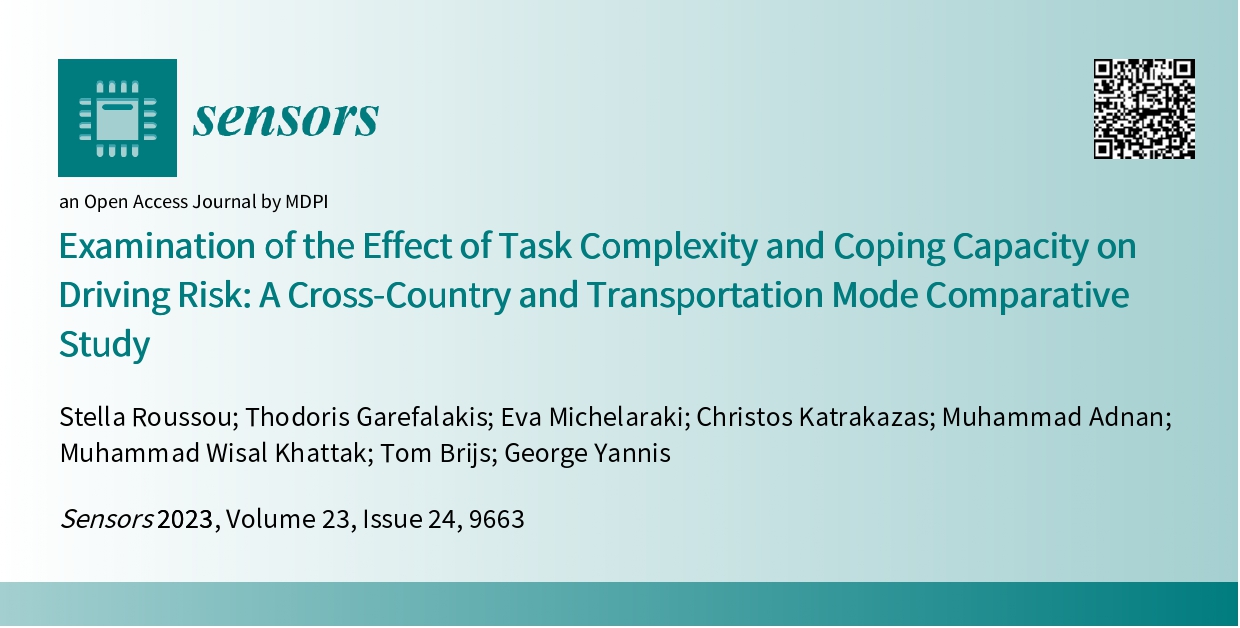
The i-DREAMS project established a ‘Safety Tolerance Zone (STZ)’ to maintain operators within safe boundaries through real-time and post-trip interventions, based on the crucial role of the human element in driving behavior. This paper aims to model the inter-relationship among driving task complexity, operator and vehicle coping capacity, and crash risk. Towards that aim, data from 80 drivers, who participated in a naturalistic driving experiment carried out in three countries (i.e., Belgium, Germany, and Portugal), resulting in a dataset of approximately 19,000 trips were collected and analyzed. The exploratory analysis included the development of Generalized Linear Models (GLMs) and the choice of the most appropriate variables associated with the latent variables “task complexity” and “coping capacity” that are to be estimated from the various indicators. In addition, Structural Equation Models (SEMs) were used to explore how the model variables were interrelated, allowing for both direct and indirect relationships to be modeled. Comparisons on the performance of such models, as well as a discussion on behaviors and driving patterns across different countries and transport modes, were also provided. The findings revealed a positive relationship between task complexity and coping capacity, indicating that as the difficulty of the driving task increased, the driver’s coping capacity increased accordingly, (i.e., higher ability to manage and adapt to the challenges posed by more complex tasks). The integrated treatment of task complexity, coping capacity, and risk can improve the behavior and safety of all travelers, through the unobtrusive and seamless monitoring of behavior. Thus, authorities should utilize a data system oriented towards collecting key driving insights on population level to plan mobility and safety interventions, develop incentives for road users, optimize enforcement, and enhance community building for safe traveling.
| ID | pj245 |
| DOI | |
| Tags |






